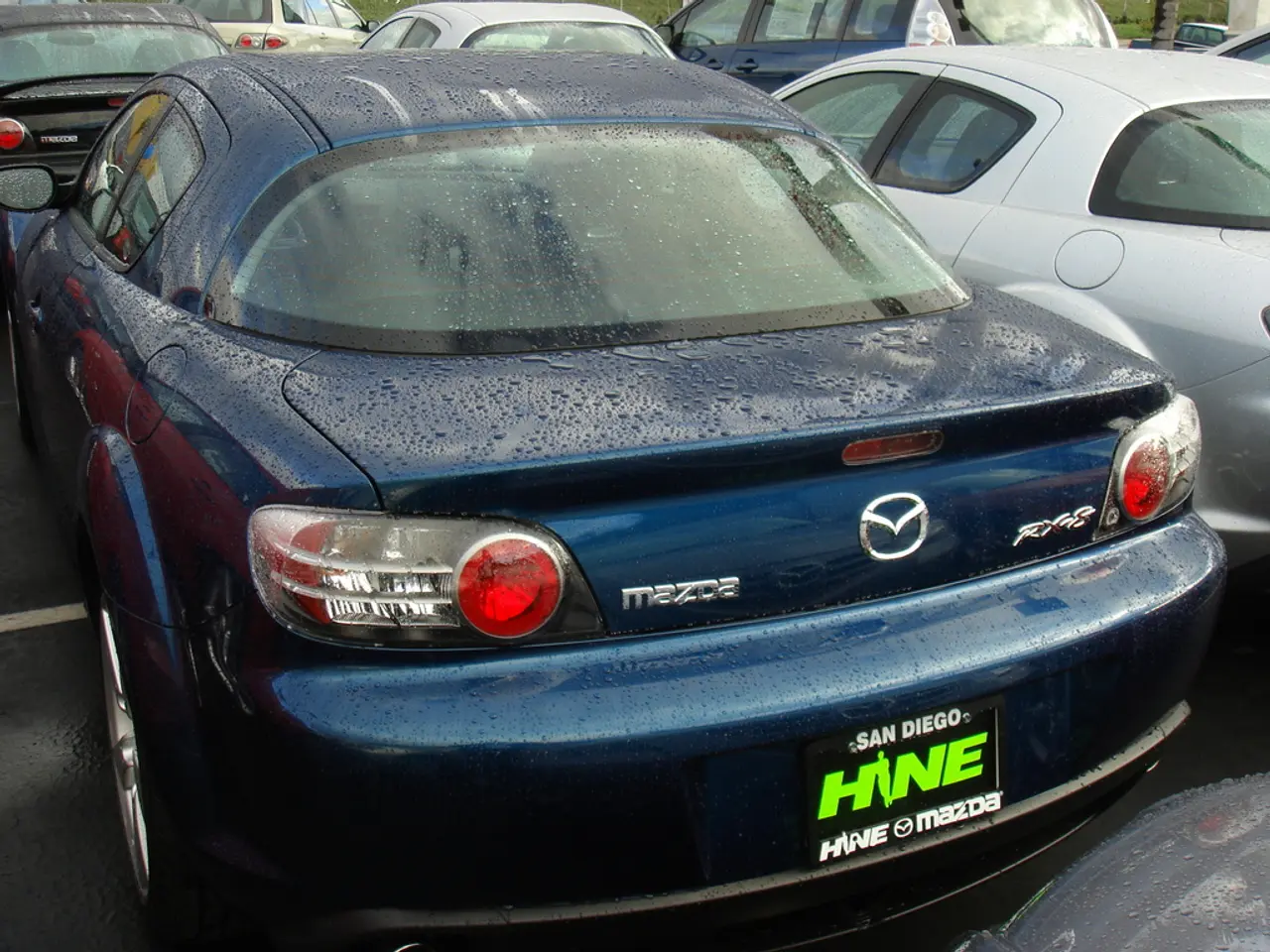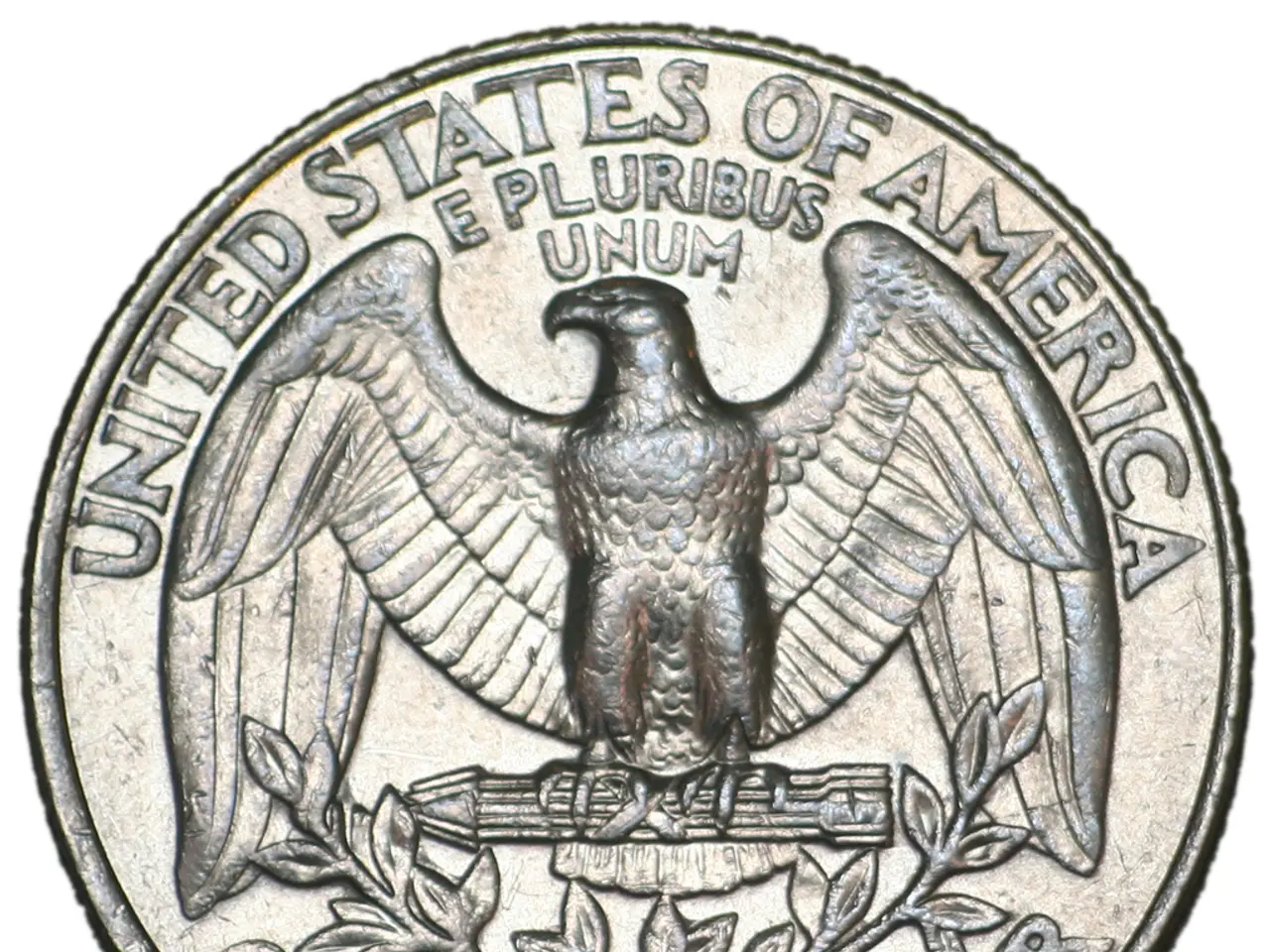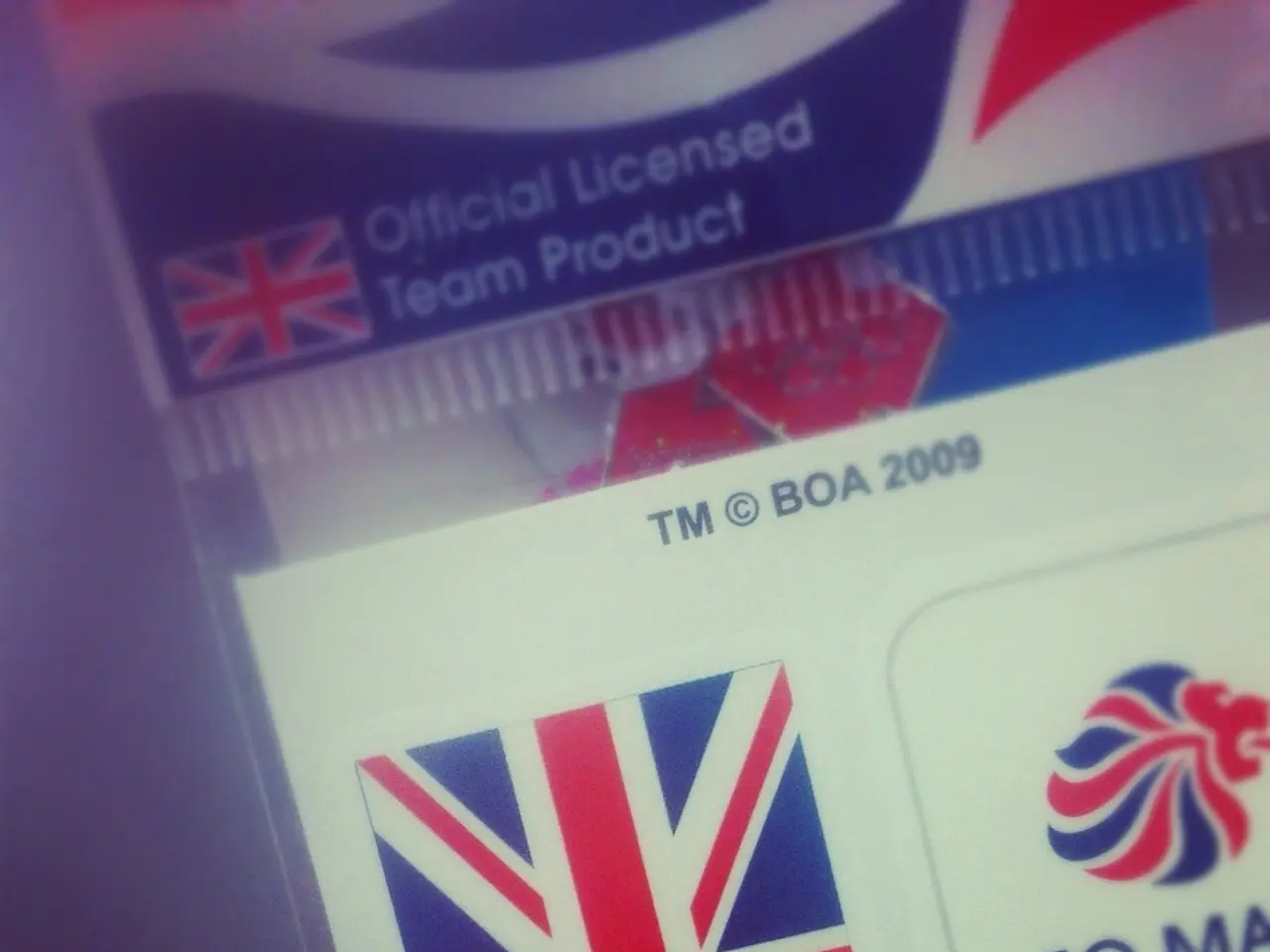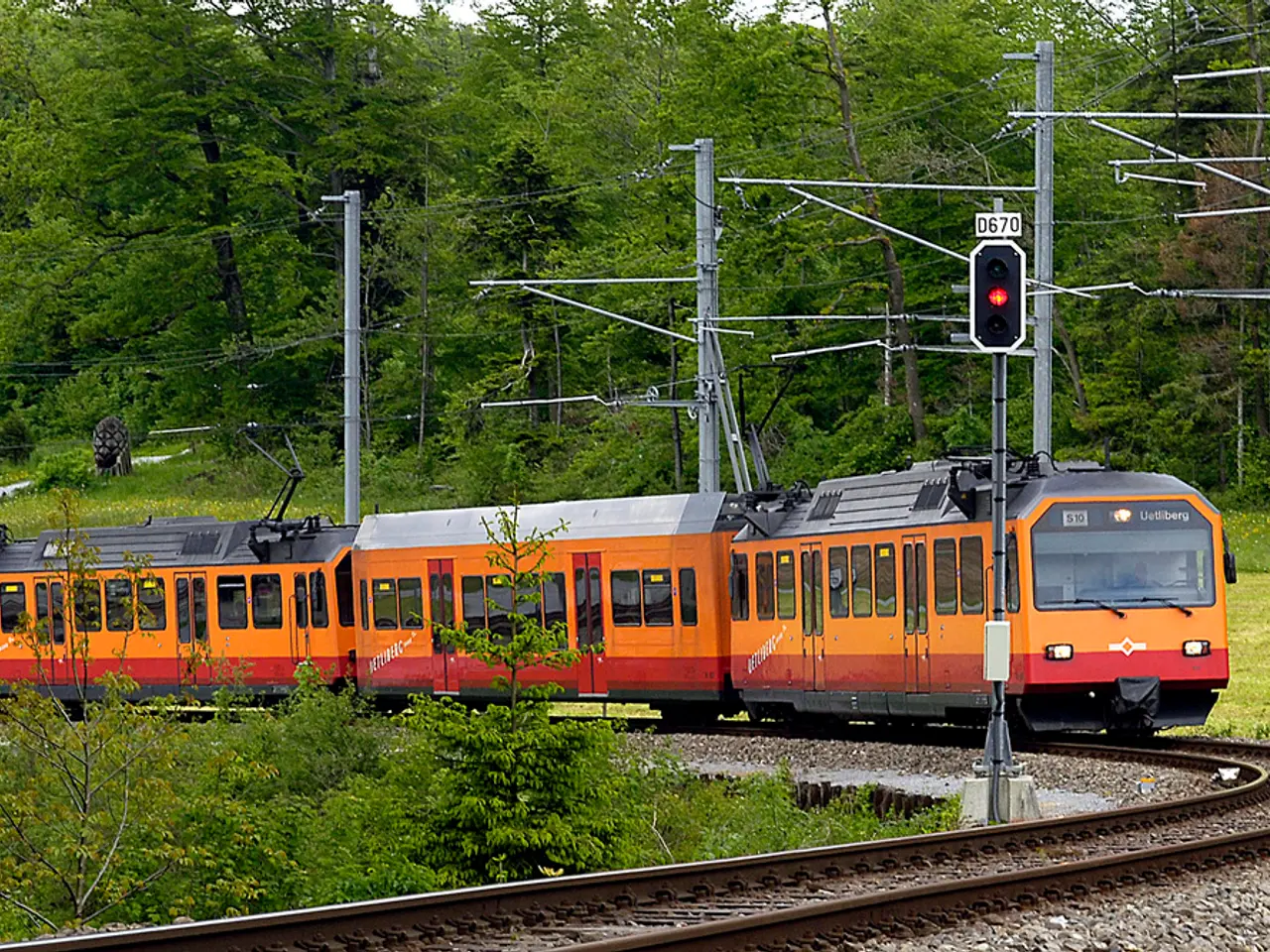Decline persists in the sales of new light vehicles in Russia's market
In the first half of 2025, the Russian automotive market has experienced a significant contraction, with new vehicle sales down by approximately 25-30% year-on-year. This decline is evident in both the passenger car and heavy-duty truck sectors.
The new car market in Russia is witnessing a challenging environment, with market leaders such as Lada, Haval, and Chery showing mixed performances. AvtoVAZ, Russia’s largest automaker, anticipates a 25% market decline this year and has responded by reducing its workweek to four days to cope with falling demand and import competition.
Heavy-duty truck sales and production are also contracting significantly. KAMAZ remains the most popular brand in this market, accounting for 31.7% of all sales in 2025. SITRAK, Shacman, FAW, and MAZ from Belarus follow closely behind.
Government policies play a significant role in shaping the Russian automotive market. Export and import restrictions tied to geopolitical tensions, such as the recent U.S. Bureau of Industry and Security (BIS) rule that prohibits the import and sale of passenger vehicles and connected vehicle systems containing hardware or software developed or supplied by entities closely linked to Russia or China, have a profound impact on supply chains and market access for Russian-connected automotive technologies.
Safety concerns also factor into these regulations, with fears over foreign adversary interference via telematics and automated driving systems limiting connected and autonomous vehicle technologies. In response to these concerns, Rosstandart has banned the sale of Chinese trucks from four brands due to safety concerns.
Despite the broader market decline, luxury car sales are reported to be surging. However, economic challenges and government restrictions continue to pose significant hurdles for the Russian automotive industry.
Looking ahead, the Ministry of Industry and Trade predicts a 40% decline in the Russian car market for 2025. The number of transportation companies leaving the Russian market is on the rise, with every fifth company departing in recent months.
In July 2025, new passenger car sales increased by almost 34% compared to June of the same year, but still represented a 11.4% decrease from the same month the previous year. The top 5 most popular models in the new car market this summer included Lada Granta, Lada Vesta, Haval Jolion, Chery Tiggo 4, and the Belgee X50 produced in Belarus.
Manufacturers are required to recall and fix the identified issues in sold trucks and unsold ones from the banned brands. Reports indicate an expected continued decline in Russian 2025 truck production and sales, with truck sales decreasing by 66.8% in June 2025 compared to June 2024, and sales of new large-tonnage trucks (HCV, over 16 tons) decreasing by 55.9% in the first five months of 2025 compared to the same period last year.
In summary, the Russian automotive market is facing a challenging environment shaped by economic, geopolitical, and regulatory pressures. Manufacturers and transportation companies must navigate these challenges to remain competitive in the face of declining sales and increasing competition.
The Russian automotive industry, conscious of the economic hardships and government regulations, is grappling with a decline in market size, as the Ministry of Industry and Trade predicts a 40% reduction in the car market by the end of 2025. Concurrently, finance players witness reduced investments in the sector due to the unstable business climate.




